by ERICK TAYLOR WOODBY
International creativity and movement return to Stockholm from 2-12 May 2024 with the third edition of STHLM DANS, the contemporary dance festival co-founded by Eva Broberg, Marie Proffit, and Jonas Robin. This year’s roster includes artists from Australia, France, Iran-Norway, Sweden, and an Afro-descendant film programme.
Opening night kicks things off on Thursday, 2 May at Medelhavsmuseet, with the presentation of My Own Room by Sepideh Khodarahmi. It is part of the Habibi – The Revolutions of Love exhibition, “…which is about affirming the presence of the queer body within a national museum and western/ethnographic context.”
“It’s like a reverse striptease,” Marie reveals.
Sepideh’s solo presentation will be a warmup for an active effort to incorporate body and space. The STHLM DANS Opening Party will follow the performance, with a DJ set by Rasuul.
…we wanted to engage with people who don’t know yet that they love dance.
“We created the festival three years ago to grow audiences through contemporary dance. To spread the diversity of dance throughout town, adapting to the context of our partners curation-wise,” Marie shares.
“It started out of the COVID-19 pandemic. Because little was happening in the performance world, we had a lot of time to think. Eva and I shared the opinion that there was no dance festival with audience development as the primary focus in Stockholm. We wanted to engage with people who don’t know yet that they love dance.”
STHLM DANS aims to provide a platform for dance artists worldwide to engage with new audiences to sustain the development of the art form. We do this by sharing the craft within and beyond the confines of theatre to museums and other venues. Another way is offering some performances for free in unusual and public spaces for young people and families who may not have the resources to see dance performances. The festival opens the dialogue to explore the changing dynamic relationship between public and private entities.
Marie continues. “We usually don’t have a single theme. But when I looked at the curation and what was coming through for this year, one of the themes I identified was dance as a protest.”
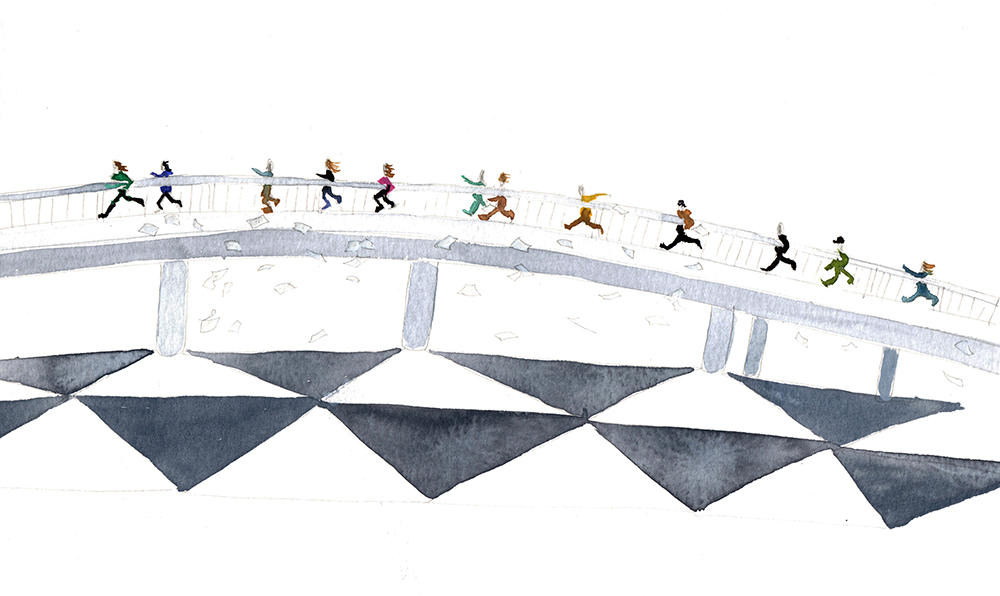
Labour & Movement, a dance protest at Sergels torg, Saturday, 11 May at 13.00
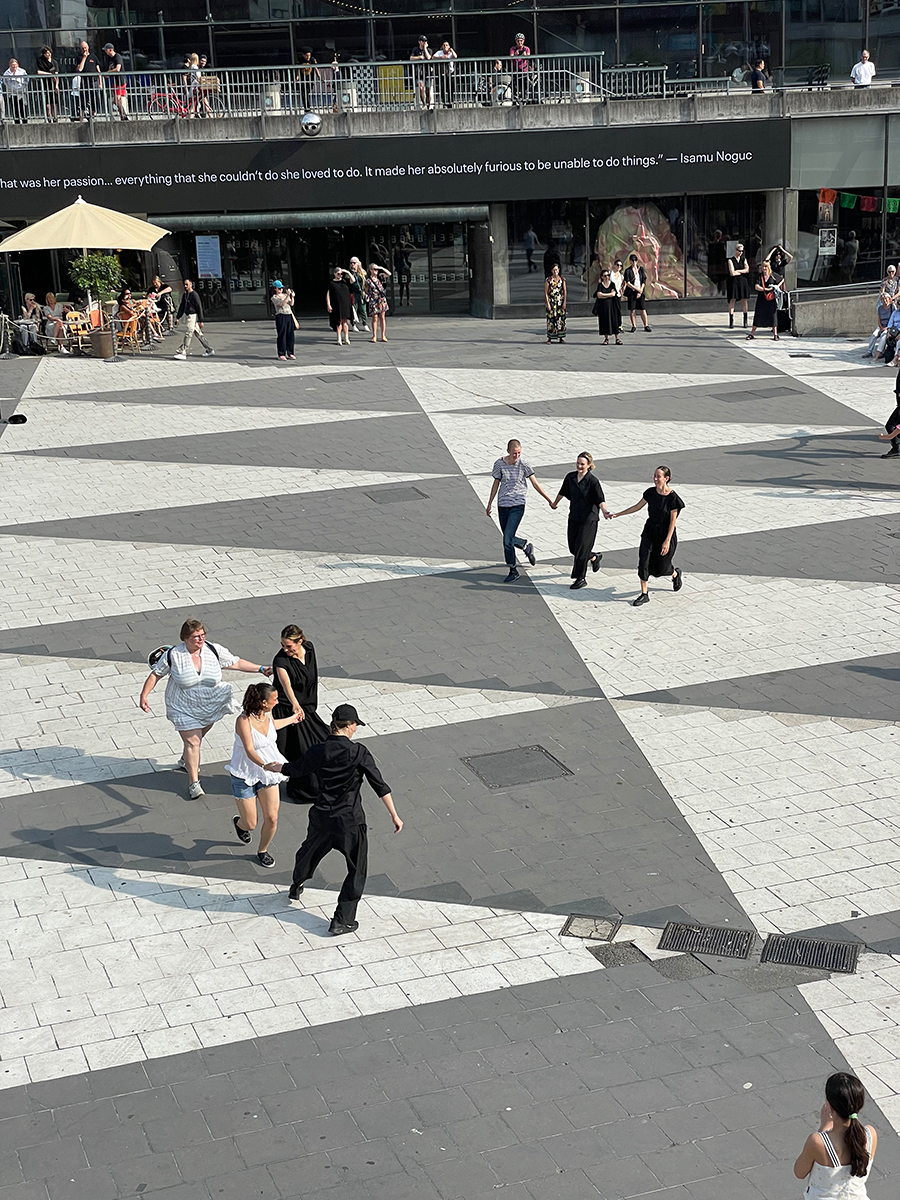
Pop Up in Public Spaces by Hooman Sharifi & Cullberg. Photo courtesy of STHLM DANS
With this as this year’s focus, several of the public performances will encourage audiences to join in to provide a more interactive experience. These productions include Pop Up in Public Spaces by Hooman Sharifi & Cullberg, Sebastian Lingserius’s DaAnnNCeeR, and Labour & Movement by Linda Blomqvist & Anna Johansson. Because of its history of being a popular site for protests and political demonstrations, Labour & Movement will be at Sergels torg on Saturday, 11 May.
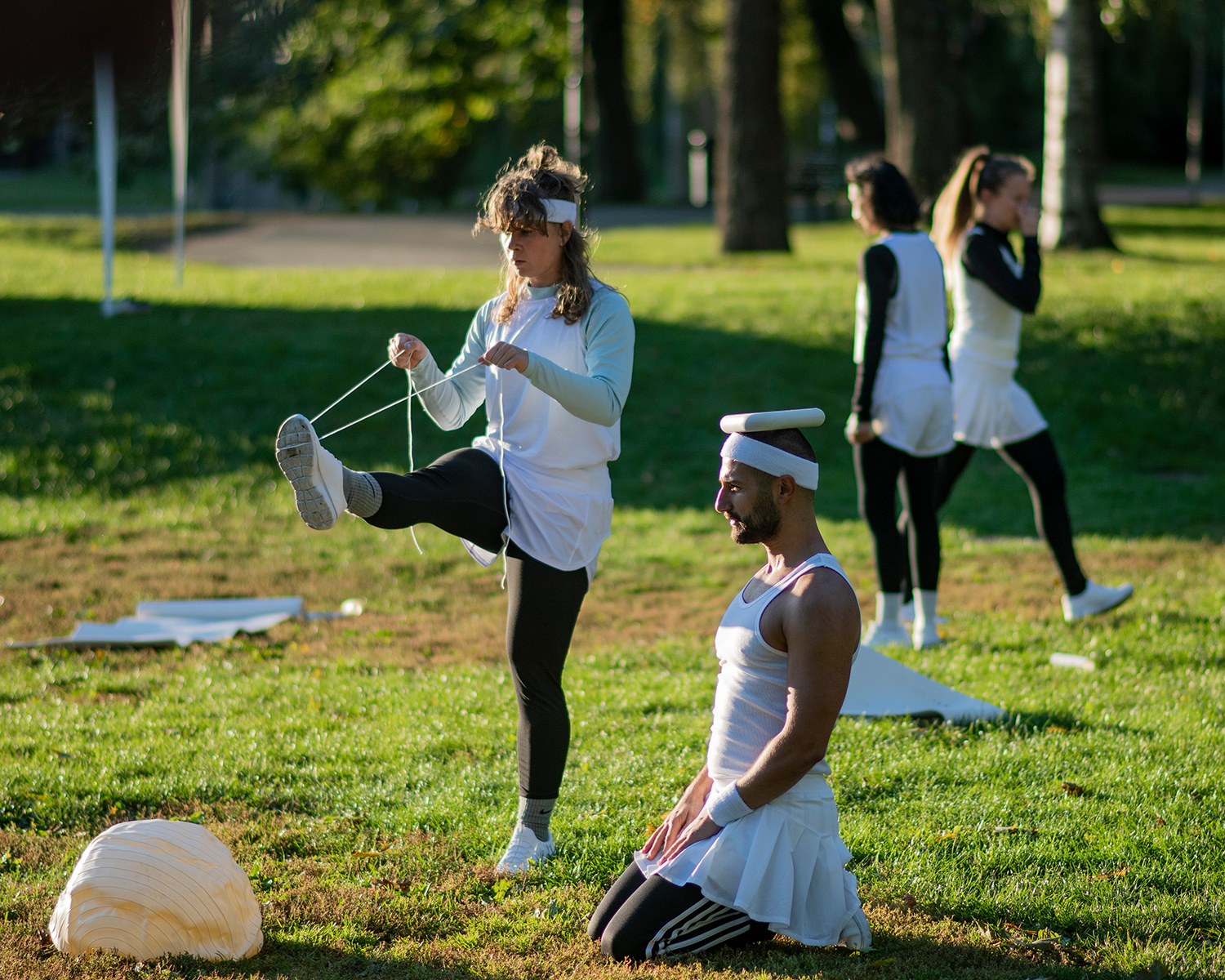
DaAnnNCeeR, by Sebastian Lingserius. Photo Nicklas Dennermalm
“We met early on with Linda,” Marie says. “Because I really wanted a protest to be part of the festival. She presented me with the idea of having choreography where everybody can join. We gave them small commissioning funds to present the first version of the piece. The idea is to use the dancing body as a political body.”
“We’re calling trade unions and dance organisations because we want this to be a protest to challenge censorship and to increase the exposure and careers of independent artists. The choreographers and the SKH students will perform first, then everybody will be invited to join in.”
Another reason contemporary dance has become a way to protest is funding cuts occurring in culture throughout Europe, brought on by reports like the one from UN Trade and Development, which forecasts that 2024 global economic growth will slow to 2.6%. These financial deficits increase the risk to the independent dance community. Thus, STHLM DANS offers a program for artists to use creativity and movement as active communication.
Marie mentions that right-wing governments throughout Europe have not necessarily been allies. “There are controversial cases in cities where local governments are trying to censor or cut down cultural institutions. Calling us the cultural elite when we talk about the local orchestra performing for schools. They’re not pleased with the cultural agenda.”
Efva Lilja, one of Sweden’s most acclaimed choreographers, will perform her solo piece, With Love, on Tuesday, 7 May.
“We decided together on a performance outside of Riksdag, the Swedish parliament. Efva often lobbied politicians through meetings, petitions, and other means. This time she wants to be in the face of Swedish politicians and MPs.”
Transformation is also at the core of STHLM DANS, with performances exploring shapeshifting, mutations, and challenging dominant narratives by looking at alternative future scenarios. One such production will be Australian performer Lilian Steiner’s solo piece, Siren Dance, on Saturday, 4 May.
Marie states, “I can’t say too much. Otherwise, I will reveal part of the piece. But there is a certain delusion. You will learn that what you looked at is maybe not the truth.”
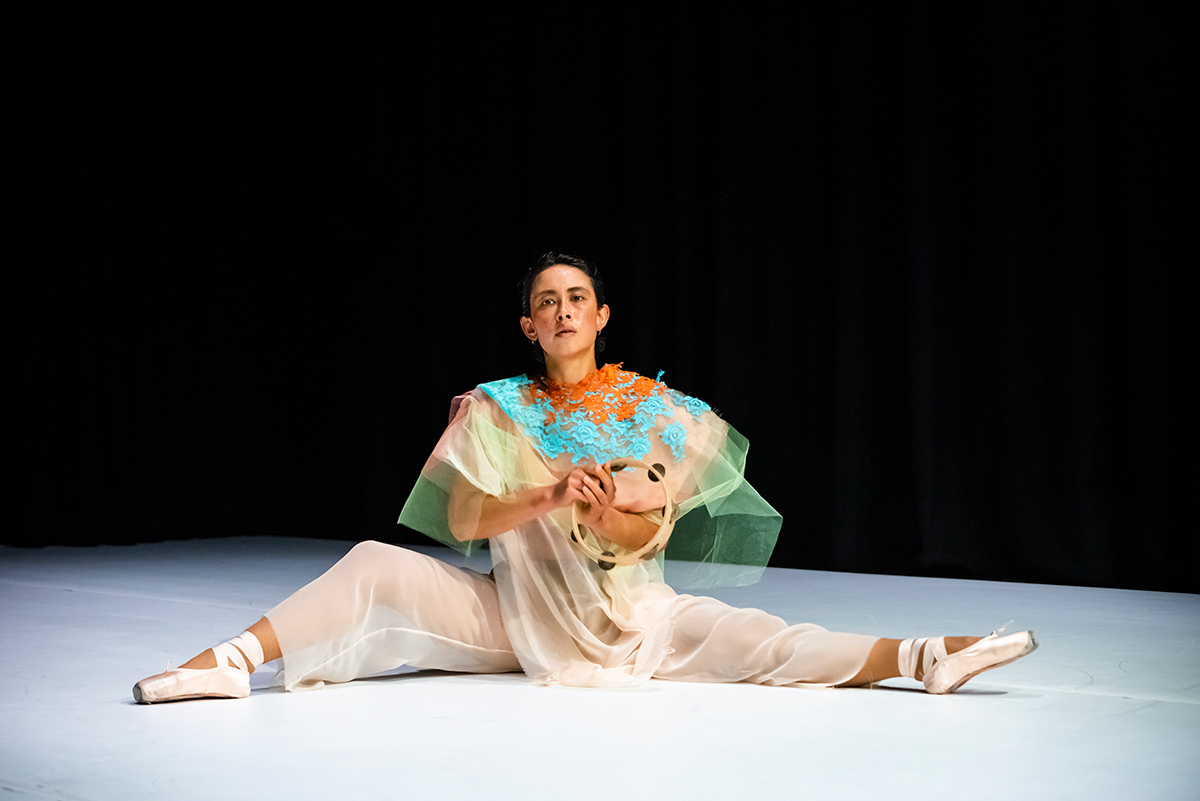
Siren Dance by Lilian Steiner. Photo Gregory Lorenzutti
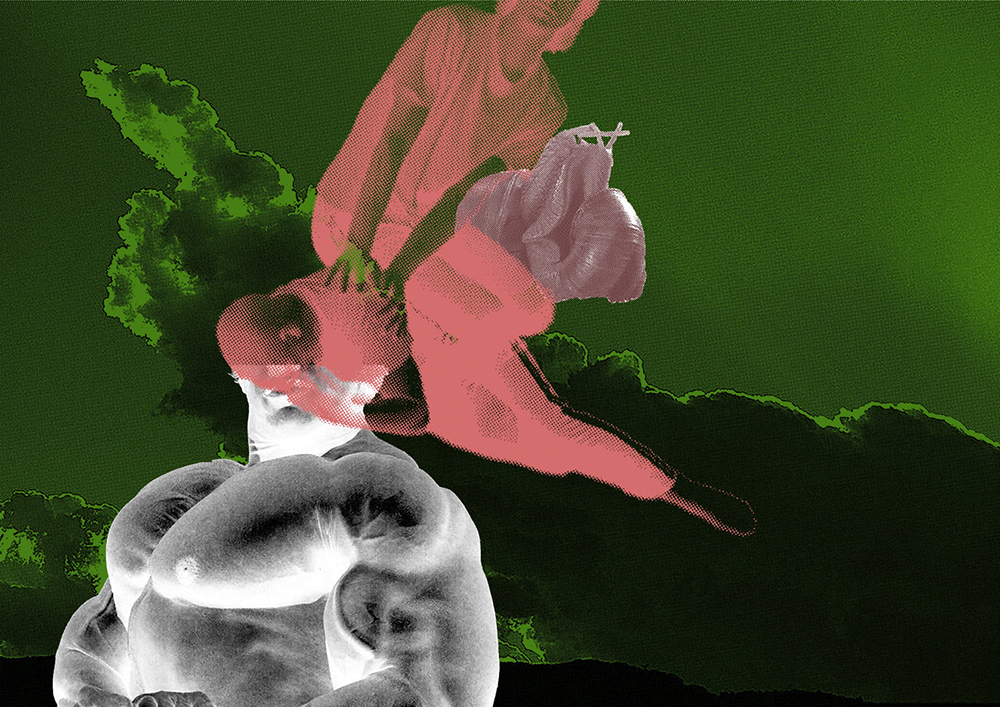
Chest, Stina Nyberg. Photo Jens Strandberg
Through choreography and humour that delves into the “…assholeness of humanity…”, dancer and choreographer Stina Nyberg will perform Chest on Wednesday, 8 May at Dansens Hus Elverket. The work explores the intersection of ecology, animality, and masculinity.
On Thursday, 9 March, French dancer, choreographer, and researcher Nach will present the three-hour Krump Workshop at Albys hjärta, Botkyrka. Krump is an African American urban dance of protest and relief control characterized by free, expressive, exaggerated, and energetic movement. Originating from individuals escaping gang life, Krump provides an opportunity to return to oneself by embodying a character and creating a balance between letting go and controlling and isolating movements.
“Nach’s Krump style is very sensual. And because she’s been studying dance all around the world, Nach has mixed it with elements of flamenco. As well as a continuous oscillation between the feminine and the masculine in her work.”
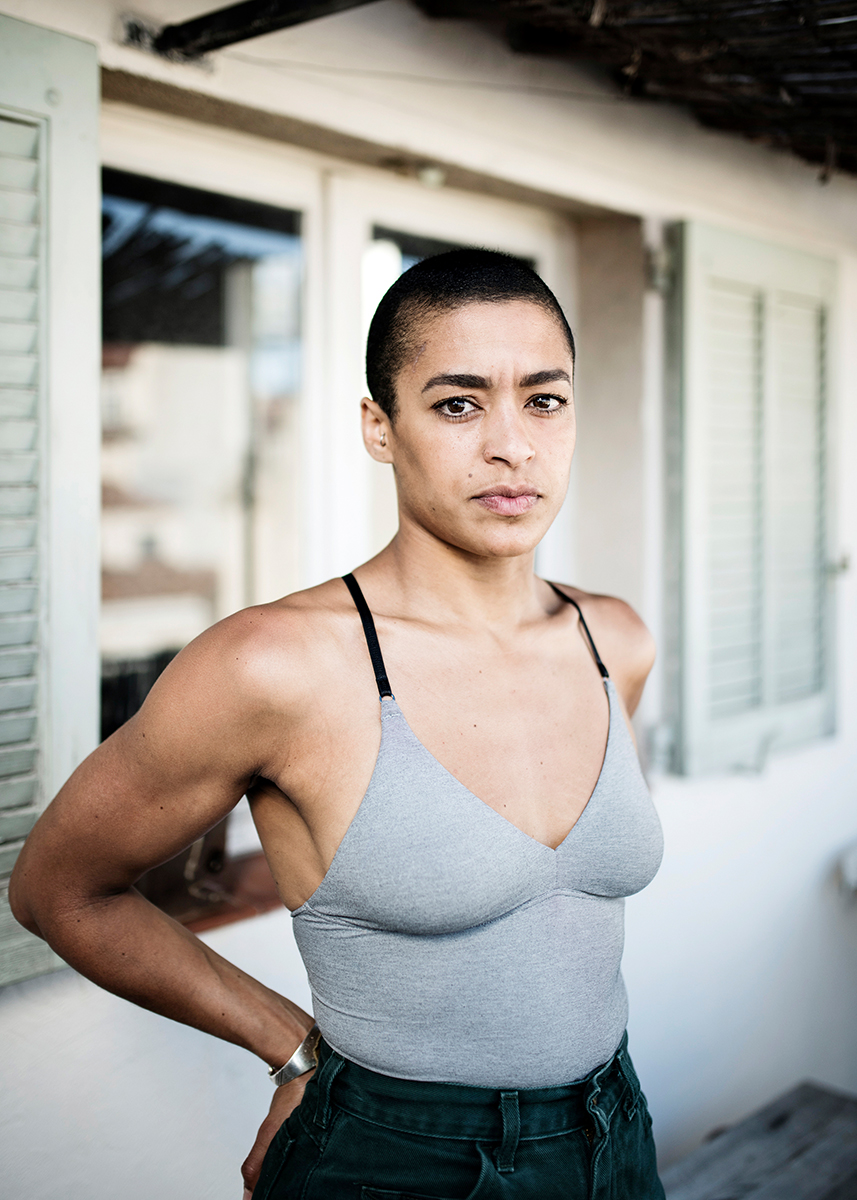
Dancer/Choreographer Nach. Photo Yohanne Lamoulére
New this year to STHLM DANS is the Audience Club, a participatory format that will invite attendees to gain a deeper understanding of dance in relation to issues in the contemporary world. Helsinki-based Russian dance writer, researcher, and educator Anna Kozonina will facilitate a small group of people, guiding them to collectively visit the festival’s shows, study dance theory concepts, and explore different methods to discuss dance in profound and involving ways. To sign up, you must participate in a minimum of four sessions.
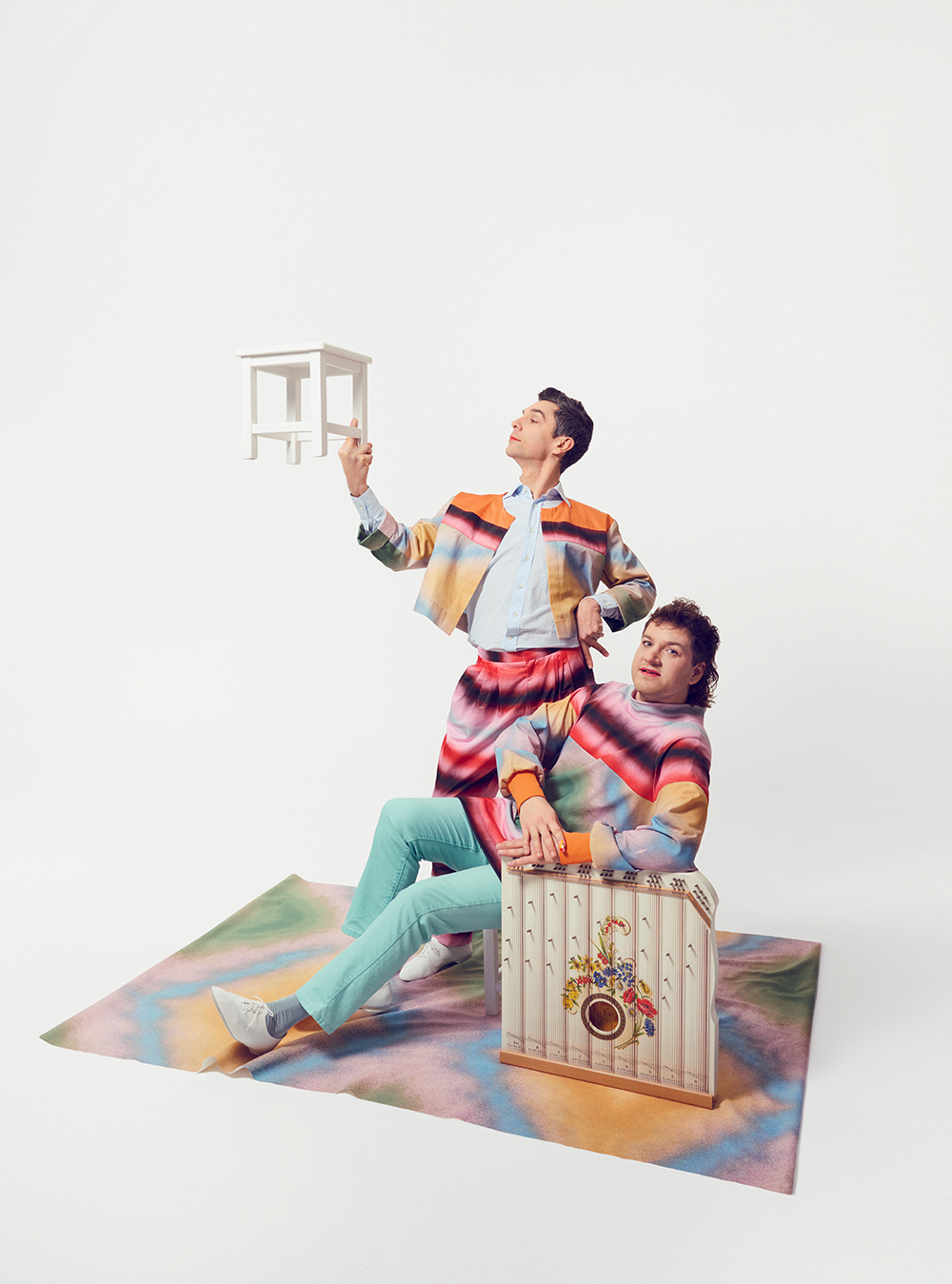
Häpp! at ZebraDans. Photo Maia Johansson
Lisa Spets and Niklas Valenti’s Häpp!, the dance and music show for children two years and older, takes place at ZebraDans on Friday, 3 May, and Saturday, 4 May. Founded by Lisa in 1999, ZebraDans is Stockholm’s first dance venue and production company for kids from infants to teens.
STHLM DANS concludes on Sunday, 12 May, at Etnografiska Museet, with a screening of Afro-dance short films in collaboration with CinemAfrica. The series includes Nora, the 2008 documentary about world-renowned Zimbabwean choreographer and dancer Nora Chipaumire.
The film incorporates performance, dance, and poetry. It chronicles Nora’s returns to Zimbabwe, taking the viewer on a journey of her childhood and memories of her youth.
“Living between Berlin and New York,” Marie says. “Her expression is extremely political. It’s not just a documentary. It’s a dense portrait of who she is. I feel honoured that she accepted being part of the festival.”
“Because Nora is a very strong decolonial voice, she initially was not keen on showing the 30-minute film in an institution like Etnografiska Museet that can be perceived as colonial. Thanks to meetings I had with her team, and the work that Michael Barrett, Andrea Kronlund, and their colleagues are doing with Afrika Pågår (Ongoing Africa), she accepted.”
With the increase in numbers and audience participation and feedback from 2023’s festival, Marie and her colleagues realized that people wanted more for this year’s edition. Something that was an important factor in the planning.”
She goes on to say, “I think next year we should have even more workshops. Because people love them so much. If you place a workshop before a performance, they can practice the dance. And will no longer see the performance in the same way because the movement and material are now in their bodies. Making them more familiar with the genre and the performance. So, we should take that into consideration for next year.”
To learn more about STHLM DANS and to see the full program of performances, go to www.sthlmdans.se.
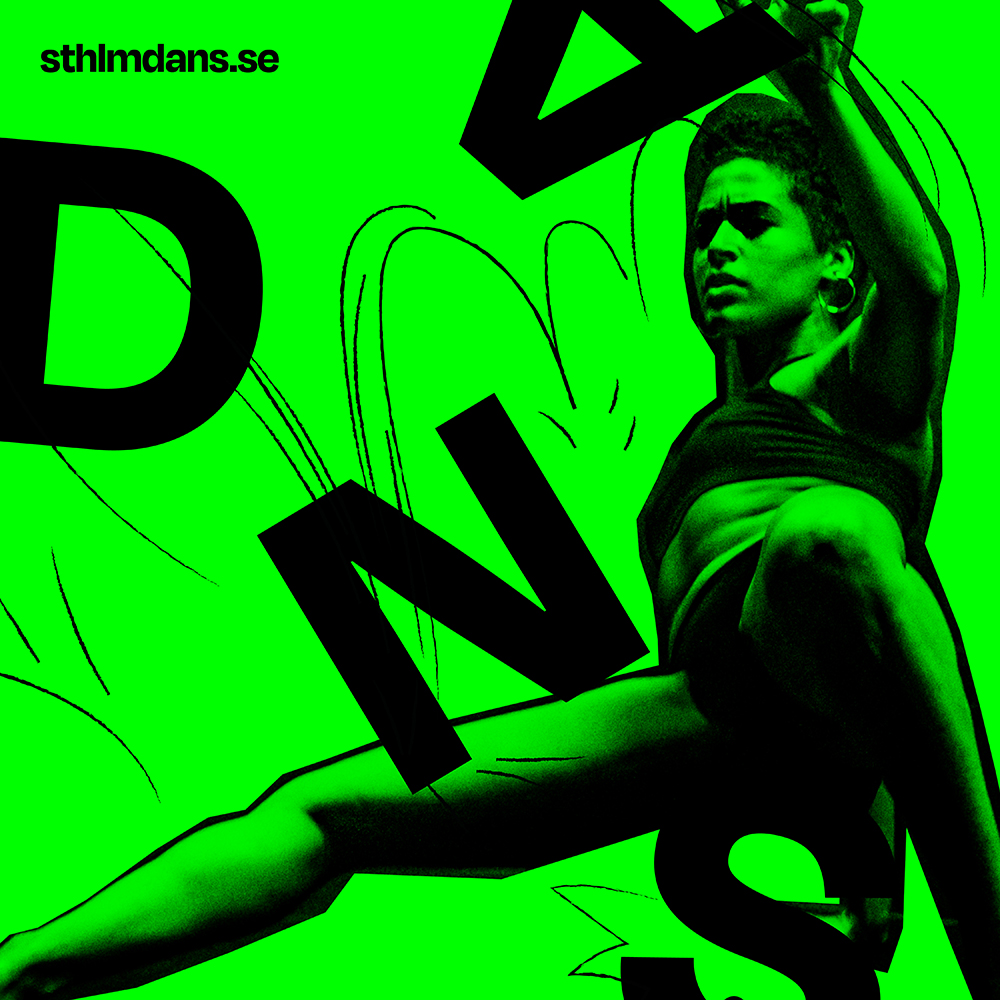



0 Comments